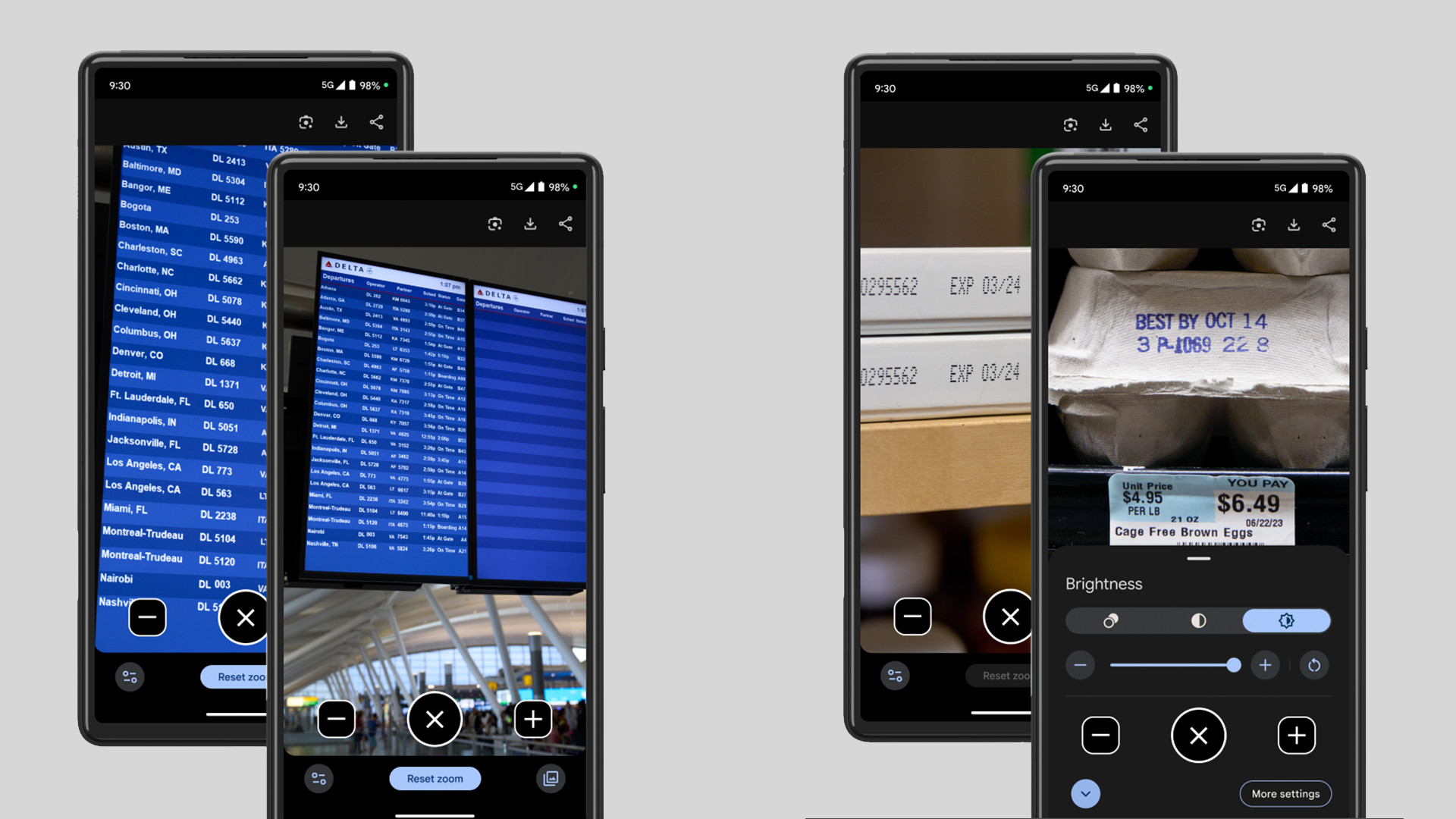Google Maps is getting a big accessibility update that could change how people connect with the world
Google is introducing new accessibility features to several of its platforms to help people with disabilities get around town more easily.
A few of the six changes will be exclusive to smartphones. Search with Live View on Google Maps will receive “screen reader capabilities… [giving] auditory feedback of the place around you”. This tool is meant to help “people who are blind or low-vision” get helpful info like the name or category of a location and how far away it is from their current position. All users have to do to activate it is tap the camera icon in the Google Maps search bar and then aim the rear camera at whatever is around them.
The screen reader is making its way to iOS starting today with the Android version rolling out in the coming months. Also coming to mobile, the Chrome app’s address bar will be able to detect typos in text and display “suggested websites” according to what the browser thinks you’re looking for. This second tool is meant to help people with dyslexia find the content they’re looking for.
Google points out these two build on top of the recently released accessibility features on Pixel phones like the Magnifier app as well as the upgraded Guided Frame. The latter can help blind people take selfies by utilizing a “combination of audio cues, high-contrast animations, and haptic feedback”.
Guided Frame is available on the Pixel 8 and 8 Pro with plans to expand it to the Pixel 6 and Pixel 7 by the end of the year.

Easier navigation
The rest of the update consists of minor tweaks to select apps.
First, Google Maps on mobile is adding a “wheelchair-accessible transit” option for people looking for locations that don’t have any stairs at the entrance as well as buildings that are wheelchair friendly. Similarly, Maps for Android Auto will indicate “wheelchair-accessible places” on the screen with a little blue icon next to relevant results. Additionally, local businesses have the opportunity to label themselves as “Disabled-owned” on Google Search in case you want to support them directly.
The last change sees Assistant Routines on Google Home become more like the company’s Actions Block app as users can configure the icons on the main screen however they want. For example, the on-screen icons can be increased in size and you can alter the thumbnail image for one of the blocks.
A Google representative told us this batch is currently rolling out so keep an eye out for the patch when it arrives.
We recommend checking out TechRadar’s list of the best text-to-speech software for 2023 if you’re looking for other ways to help you navigate the internet.


